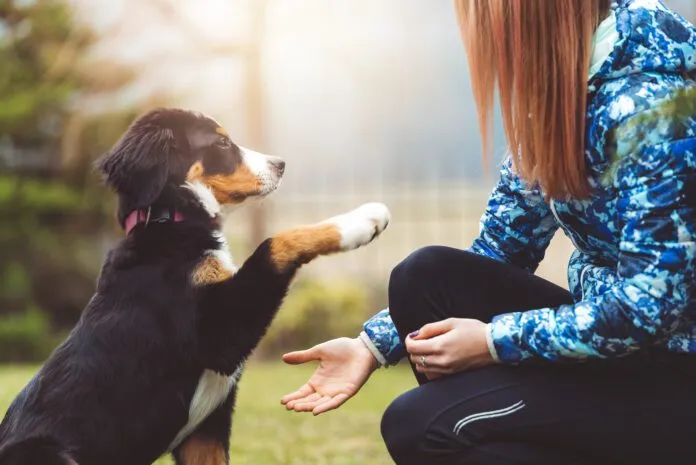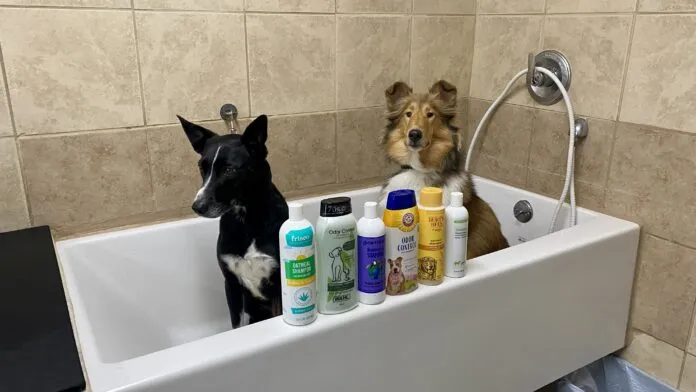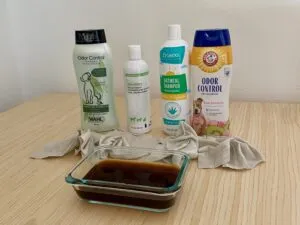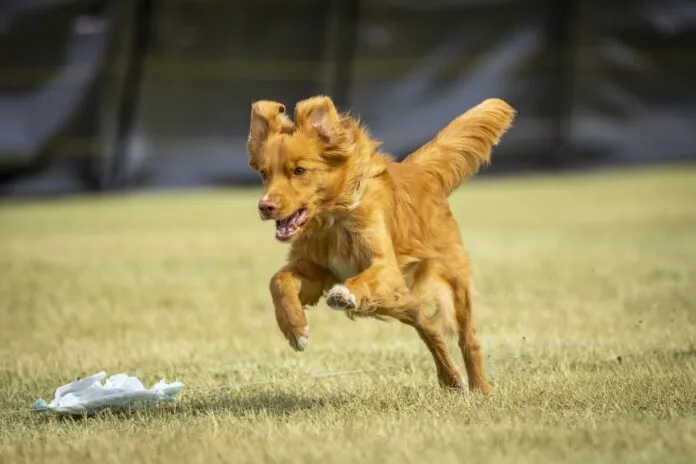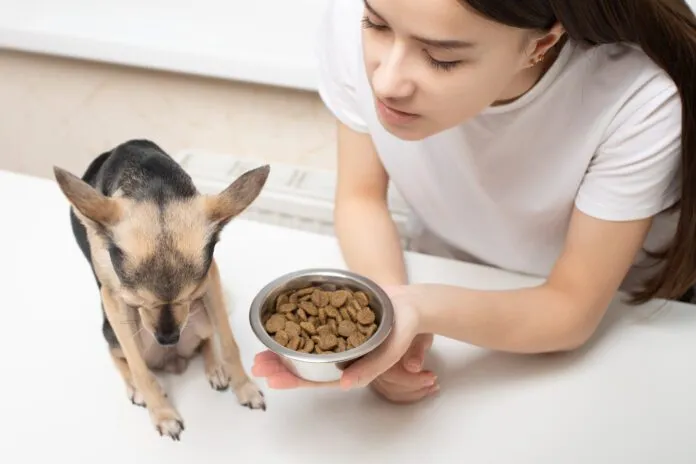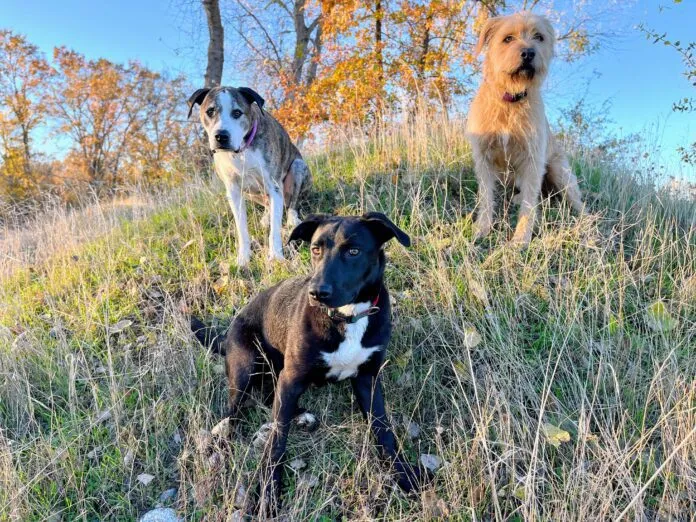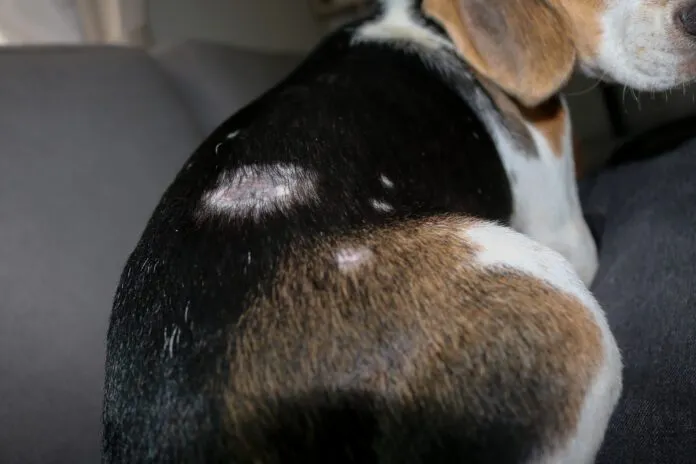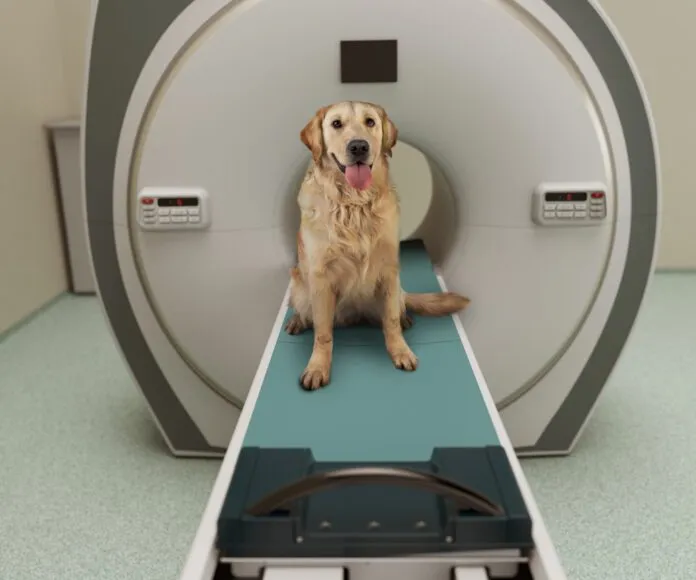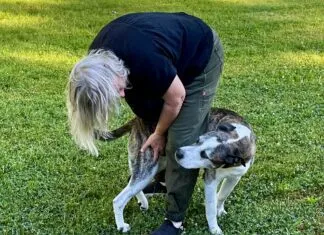Adding a dog to the family is exciting! As you get to know your new friend and look forward to a lifetime of adventures, daily training should be at the top of your list. Dogs don’t come pre-programed to understand how to behave in our human world—they rely on us to teach them.
When it comes to training our canine companions, there are a few important items — beyond essentials like a collar and leash — that you’ll want to have on hand to set you and your dog up for success.
Treats and a Treat Pouch
Modern, dog-friendly dog training relies on the use of rewards to reinforce desired behavior. Food is a great reinforcer. Some dogs are happy to work for their kibble (we’re looking at you, Labradors), but many dogs work more attentively for higher-value treats—especially if you’re working around distractions. When it comes to determining the value of a treat, it’s the dog’s opinion that counts. Here are some important things to consider when choosing treats.
You’ll need somewhere to store your treats during your training sessions. A dog-training-pouch keeps your treats easily accessible and can help keep your hands a little cleaner. Here are some helpful features to look for, and our top five pouch picks.
Not every training session needs to be so formal as to require suiting up with a treat pouch. I like to make a trail mix of assorted small, dry treats my dog loves, and keep them (safely out of reach!) in little bowls around the house. I can easily grab a few pieces for spontaneous training sessions throughout the day. For daily training, think in terms of a little and often. Practicing three sits here, two repetitions of rewarding your dog for orienting toward you when she hears her name, and consistently rewarding your squirrel-obsessed dog for not barking as she watches squirrels through the window will go a long way toward creating a well-trained dog.
Enrichment Toys
Enrichment toys for dogs are great boredom busters and a nice way to help your dog learn to “sit quietly and color” when you’d like to relax. They can also slow a dog’s habit of eating too quickly, and there’s even research suggesting that some dogs may prefer working to obtain their food to eating food that’s readily available in a bowl. I’m a big fan of toys you can stuff with food as well as the puzzle-style toys. While this may not seem like active training, keeping your dog busy with approved activities is a great way to prevent her from practicing unwanted behaviors. It’s important to give your dog access to the right things to do. Self-employed dogs often choose behaviors we aren’t too fond of. Train smarter, not harder!
Safe Containment Strategy
Teaching a dog to be safely confined in a crate, an x-pen, behind a baby gate or, when supervised, on a chew-proof tether is an important life skill for dogs. The ability to confine a dog is helpful for house training, general management, for times when you can’t directly supervise your dog, and when you need to restrict activity following an injury or surgery. Even if you don’t plan to use a crate, training your dog to comfortably accept crating will make vet and grooming appointments less stressful, as dogs often need to be crated or otherwise confined as part of those visits.
Appropriate Chew Items
Chewing is natural for dogs, so it’s important to provide plenty of appropriate chew items, and to help your dog build value for self-entertaining through a relaxing chew session. I prefer durable chew items like Kong toys and the Zogoflex line of toys by West Paw, as well as durable Nylabones and Benebones. While I’ll sometimes offer a bully stick, I tend to avoid rawhide and other assorted animal part chews due to the amount of processing involved.
Note: Durable chews like Nylabones and Benebones are made of nylon and are non-edible. As dogs chew, their teeth wear the bone down, but they should never be able to bite through the bone. Many vets, especially dental vets, advise against these types of tough chews due to the possibility of an aggressive chewer breaking a tooth. That said, I spent five years working in a kennel full of aggressive-chewing service dog trainee Labs who were only allowed durable Nylabones in their runs, and broken teeth were extremely rare. All dogs are different, so consider your circumstances, analyze the risks versus rewards and decide what’s best for you and your dog.
While fostering a love of enrichment toys and appropriate chew items may not fit your idea of daily training as much as practicing behaviors like “sit,” “down,” “leave it,” or training for a reliable recall, they’re valuable life skills that help make our canine friends easy to live with. When we teach our dogs specifically how we’d like them to spend their free time around the house, they’re less likely to engage in unwanted behaviors we need to interrupt and redirect.
Access to a Qualified Trainer
Working with a professional trainer has many benefits. You’ll have someone who can answer your questions and help troubleshoot challenging behaviors. Scheduled training sessions can help keep us motivated, and when your dog is ready, attending a group training class helps your dog learn to work with you around distractions. Even professional dog trainers attend group training classes with their own dogs. Working with a professional trainer gives you new things to practice at home, and most trainers are more than happy to answer questions between scheduled training sessions, giving you regular access to canine tech support as needed.
Patience, Persistence and a Sense of Humor
Of course, successful dog training isn’t just about having the right gear. The right attitude is just as important. It’s sometimes hard not to internalize your dog’s misbehavior and take his noncompliance as a personal affront—especially if you personally identify as a perfectionist. (Fellow recovering perfectionists: I see you.) Changing behavior takes time, so be patient, seek help when needed, and don’t be afraid to laugh at mistakes—yours and your dogs—as you explore your training journey together.




